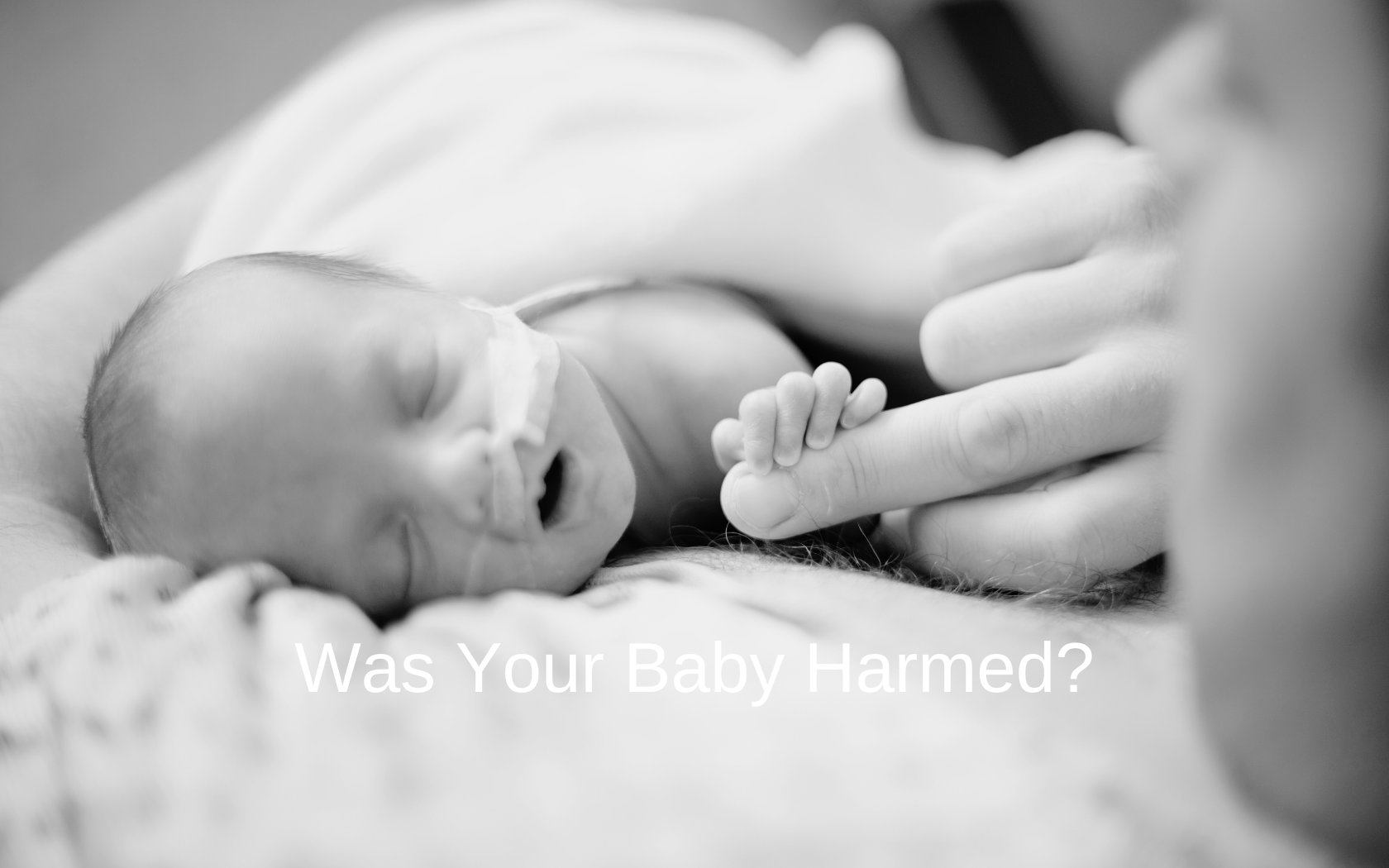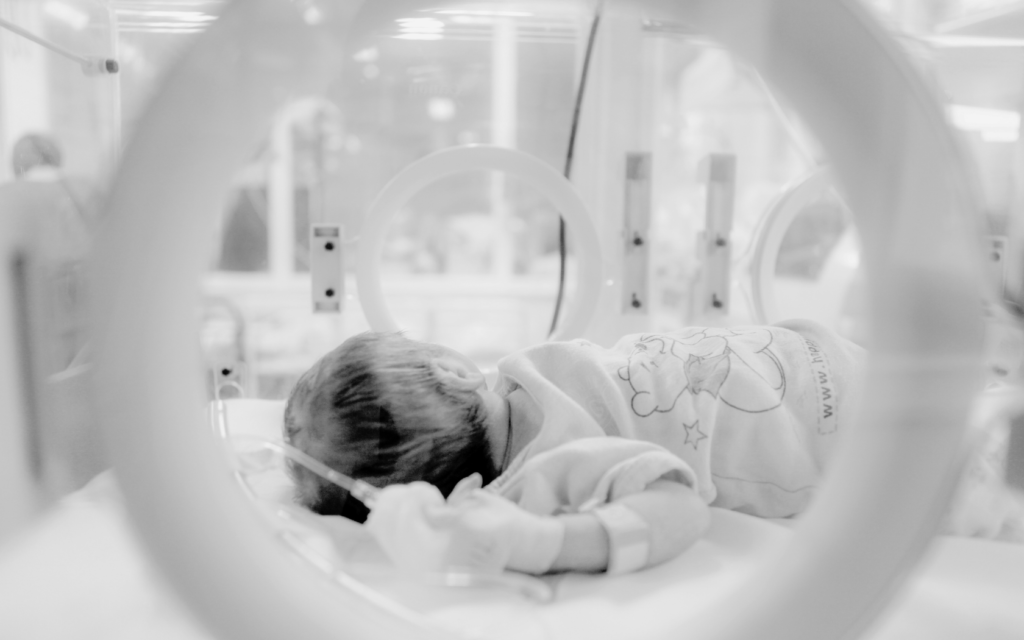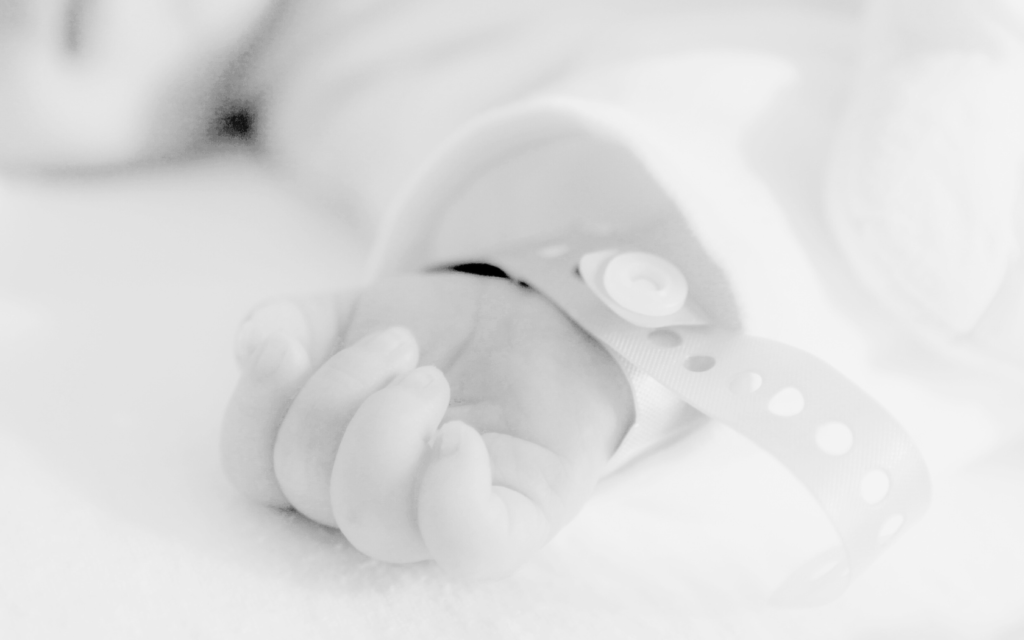The first thing everyone wants to see after a birth is a baby’s adorable face. But that’s not the first thing doctors should see when the child makes an entrance into the world. Arriving “face first” is called “face presentation birth”, and it can be dangerous.
In this article, we’ll discuss the “baby born face up” complications and more:
- What is face presentation birth?
- Is face presentation birth dangerous?
- What are some complications from a face presentation birth?
- What can you do if your doctor mismanages your face presentation birth and injures the child?
- When can you take legal action, and how?

What is a Face Presentation Birth?
When we talk about “presentation”, we’re talking about how the baby positions itself in the womb as labor approaches. The part that faces downward will come through the birth canal first, whether it’s the head, the foot, or something else.
The most common and favorable presentation for vaginal birth is the vertex presentation. It’s also known as the “head-down” position.
But several other presentations can occur, including:
- Breech. The baby’s buttocks or feet are positioned to come out first
- Transverse. The baby lies horizontally across the uterus, with its shoulder or back presenting at the cervix.
- Compound. The baby’s hand, arm, or another body part alongside the head presents at the cervix alongside the head.
- Shoulder. The baby is sideways in the uterus. One shoulder presents at the cervix.
- Face. The baby’s face is positioned to come out first.
Many of these presentations may require medical intervention or cesarean section delivery. Some can be dangerous for both mother and child–and the face-down position is one of them.
Is Face Presentation Birth Dangerous?
Yes, attempting a face presentation birth can be dangerous. Why? First of all, it means the baby’s head is pulled backward as it descends through the birth canal. You can imagine how uncomfortable this would be. In normal circumstances, a baby’s chin would point down at the chest.
But this position isn’t just uncomfortable for an infant. It’s risky, because the baby may get stuck while descending. It may also spell severe discomfort for the mother, who must endure long, difficult labor.
A face presentation birth can result in a host of birth injuries, such as:
- Asphyxia (oxygen deprivation)
- Trauma to the face and head
- Spinal cord injuries
- Fetal heart rate issues
- Cerebral palsy and other brain injuries
- Breathing problems (due to tracheal and laryngeal injuries)
- Fetal distress
- Facial bruising or swelling
- Facial nerve injury
- Soft tissue injuries
- Prolonged labor
- Maternal injuries
- Stillbirth
- And more

Face Presentation Causes & Risk Factors
These conditions may increase the likelihood of a face presentation birth:
- A Very Big Baby (Fetal Macrosomia): Larger babies may have trouble fitting into the birth canal in the standard position, leading to alternative presentations.
- Prematurity: Premature infants are more likely to have non-standard presentations, including face presentation, because of their small size and muscle tone.
- A Very Low Birth Weight (VLBW): Similar to prematurity, lower birth weight can affect fetal position and presentation.
- Maternal Obesity: Obesity can be associated with a variety of complications in pregnancy and childbirth, including potentially affecting fetal position.
- Excessive Fetal Mobility: Sometimes, an unusually mobile fetus can adopt a face presentation position.
- Anencephaly: This severe birth defect can alter the usual mechanics of labor and fetal positioning.
- Anterior Neck Mass: This could cause the fetus to extend its neck, leading to a face presentation.
- Mother Has Given Birth Multiple Times (Multiparity): In multiparous women, the uterine and pelvic muscles may be more relaxed, leading to a higher likelihood of non-standard presentations.
- Excessive Amniotic Fluid (Polyhydramnios): Too much amniotic fluid can allow the baby more room to move, potentially leading to unusual positions.
- Maternal Pelvis Abnormalities: Irregularities in the size or shape of the maternal pelvis can affect how the baby positions itself for birth.
- Multiple Nuchal Cords: While not a necessarily direct cause, multiple loops of the umbilical cord around the baby’s neck can contribute to abnormal presentations.
- CPD (Cephalopelvic Disproportion): When the baby’s head is too large or the mother’s pelvis is too small for vaginal birth in the typical head-first position, it can lead to a face presentation position.
These are some of the conditions that can increase a mother’s chances of having a face presentation birth.
Diagnosing and Treating Face Presentation
When a woman goes into labor, doctors perform a vaginal examination to find out what position the baby is in. If they suspect it’s not head down, they should conduct an ultrasound.
The ultrasound makes confirming an abnormal presentation easy. It lets the medical team see exactly how the baby is lying in the womb. Isn’t modern medicine wonderful?
There’s just one problem: doctors can and do make mistakes. They can mismanage a face presentation birth and cause severe injuries.
For example, let’s say a physician conducts a physical examination only. They could confuse face presentation with breech. If they don’t go a step further and confirm with an ultrasound, they might make the wrong decision about how to proceed.
In most cases, a face presentation birth shouldn’t be attempted vaginally. A C-section is the safer alternative. But this depends on several factors, such as the type of face presentation. That’s what we’ll look at next.
Types of Face Presentation
Face and brow presentations are types of malpositions where the baby is positioned abnormally. In a face presentation, the baby’s face is the first part to appear, while in a brow presentation, the area between the baby’s forehead and the top of the skull is the leading part.
These are the three main types of face presentation:
- Mentum Anterior (Chin First) Presentation. The baby’s chin leads the way through the birth canal. The forehead is closest to the mother’s spine.
- Mentum Posterior (Forehead First) Presentation. The baby’s forehead is positioned to come out first, with the chin closest to the mother’s spine.
- Mentum Transverse (Face in Transverse Position) Presentation. The baby’s face turns sideways in the birth canal. In other words, the baby lies with the face parallel to the mother’s pelvis, rather than being aligned with the head-down or head-up positions.
A baby can be injured in any of these types of face and brow presentation, and sometimes it’s due to negligence.

Legal Help for Mismanaged Face Presentation Birth
Standard protocol for face presentation birth prohibits doctors from doing these things (in most cases):
- Aggressive pushing or pulling maneuvers during delivery
- Attempt to rotate the baby with their hands
- Try to pull the baby out with their hands
- Excessive manipulation of the baby’s head
- Use forceps or a vacuum to pull the baby out.
- Ignoring signs of fetal distress
- Ignoring maternal discomfort or distress
- Rushed delivery
These actions heighten the risk of causing irreversible trauma. If a doctor decides to act against protocol and causes an injury, it constitutes negligence. Patients may be able to sue for the cost of treatment for the injury.
Of course, suing a doctor or hospital (and subsequently their insurance company) is easier said than done. Birth injury lawsuits are some of the most complex cases that exist. That’s why you need to seek legal help from a birth injury law firm. (Not a law firm that sometimes takes on birth injury cases.) To discuss a potential case with our knowledgeable, compassionate lawyers, schedule a free consultation here.




